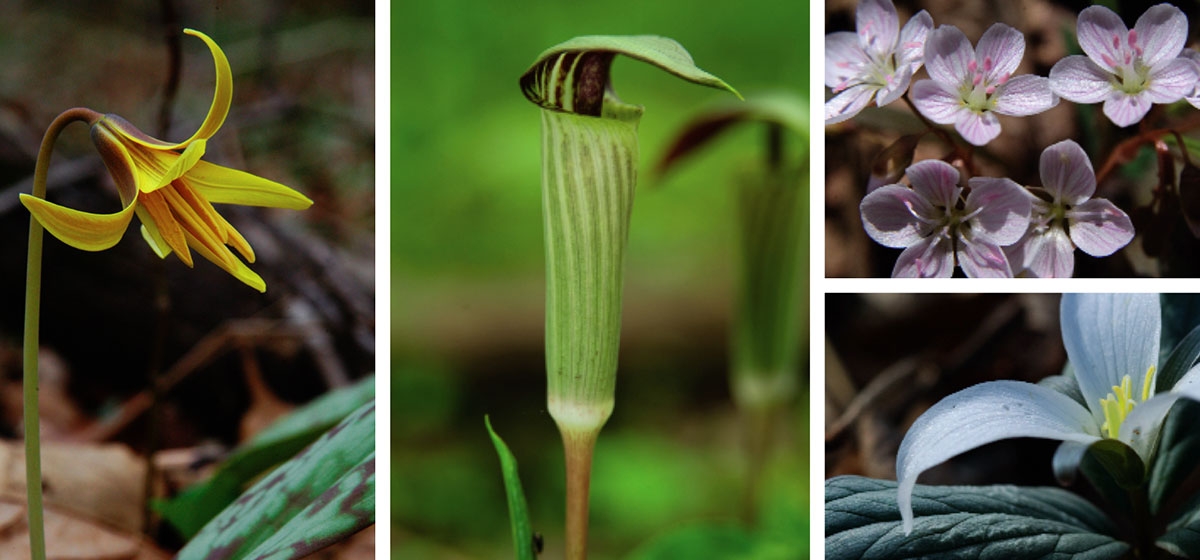
In 1960, newspaper columnist max henrici recounted his first visit, 20 years prior, to Raccoon Creek Wildflower Reserve: “It was a revelation. My eyes were opened to a multitude of interesting things… It is not too much to say that my life was revolutionized by this experience….”
Henrici became a great amateur botanist and author of nature columns in the Pittsburgh Sun-Telegraph. He advocated for the permanent conservation of the wildflower reserve, and the Western Pennsylvania Conservancy did just that, raising funds to acquire the 314-acre property in 1961 and adding trails (one of which was named for Henrici) and picnic areas as additional funds were raised. In 1971, the Conservancy conveyed the reserve to Raccoon Creek State Park, which maintains it today.
There are over 500 species of plants on the reserve, and its wildflowers bloom most dramatically in April, May and August. The reserve hosts many species of birds and butterflies, including swallowtails and monarchs, and one of the state’s best populations of the West Virginia white butterfly, which is drawn to its natural host plants—toothworts.
Rich floodplains, oak and hickory forests, shale cliffs and forested slopes support this magnificent array of plants and wildlife. Low cliffs reveal a calcium-rich shale, and the elevated calcium levels contribute to the diversity of plants. Beaver County’s Raccoon Creek Wildflower Reserve is a great place to see nature, less than an hour from Pittsburgh.


